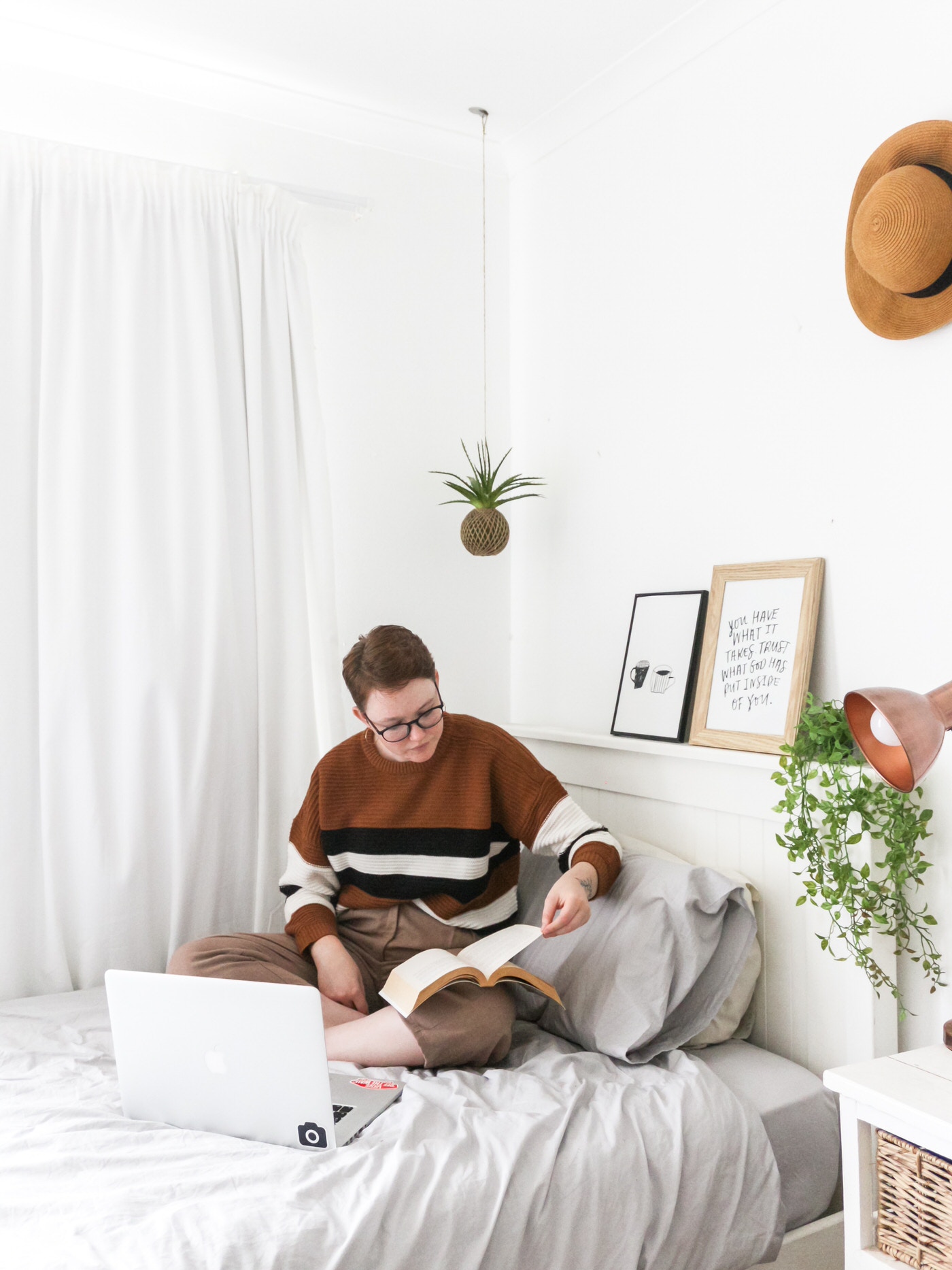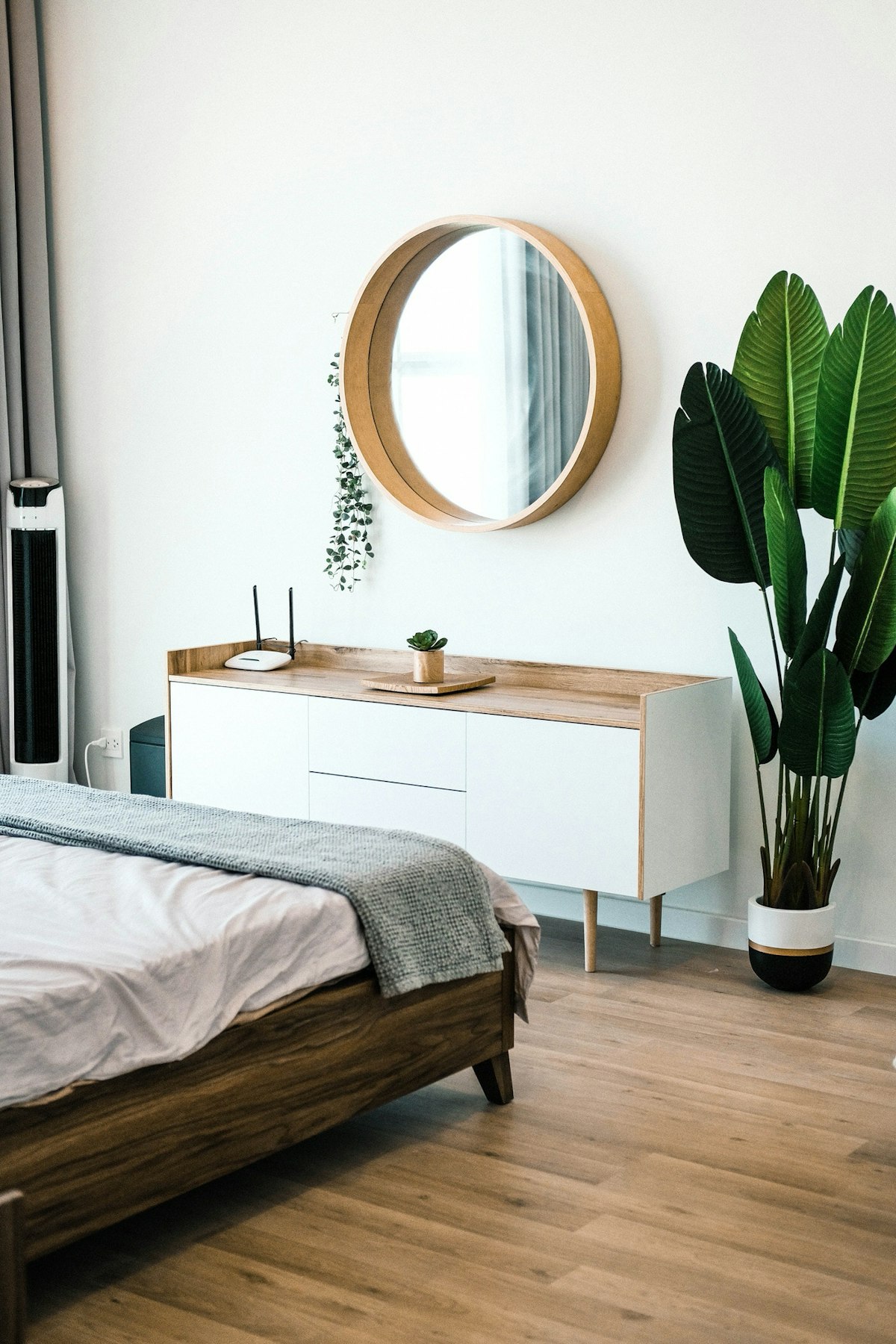Growing up a moody, sarcastic, unorganized girl with a bad habit of leaving little piles of my stuff everywhere, I made for a pretty annoying roommate. I still remember the exchanges of, “Julia, grace is over for your bags of stuff sitting there,” and, “Julia, I can’t handle your little piles anymore.” So if I can change my ways, anyone can. I really have, come over to my (mostly) tidy house and see!
Decluttering and decorating your home is not just beneficial visually, but increases your overall state of well-being.
Dr. Susan Krauss Whitbourne’s Psychology Today article highlighting a University of New Mexico study says, “Clutter is often an insidious and seemingly harmless outgrowth of people’s natural desire to appropriate their personal spaces with possessions… when [clutter] becomes excessive, it can threaten to physically and psychologically entrap a person in dysfunctional home environments which contribute to personal distress and feelings of displacement and alienation.” I know when my house is chaotic, we aren’t able to just relax and enjoy, and there is this nagging sense that I have a lot to do. If you’re feeling similar, I’ve narrowed down my three steps to manage the clutter and design a home you love to keep your mind at ease.

Step 1. Set Up Your Methods for Paper Catching
Let’s face it - daily incoming paper accounts for so much clutter that ends up on the surfaces we use most — probably your kitchen table or kitchen island. As explained in the book Getting Things Done by David Allen, the touch-it-once rule is a great solution.
This means that when an item is picked up, take two minutes to review it, and decide then and there where it’s supposed to go.
Your kitchen island will therefore always look immaculate whenever people drop by unexpectedly!
Step 2. Let it Go
So many times, the things that pile up in my house are things I want to keep around to hand off to family, or list on eBay to find it a good home. Envision that giant sigh of relief you’ll take once you decide to make that trip to the donation store or shelter. Jon Acuff says in his book Finish: Give Yourself the Gift of Done, “Perfectionism offers us two distinct distractions: Hiding places and noble obstacles. A hiding place is an activity you focus on instead of your goal. A noble obstacle is a virtuous-sounding reason for not working toward a finish. Both are toxic to your ability to finish.” My pile of eBay clutter that I no longer want is a perfect example of a noble obstacle to decluttering my home. If I let it go, that’s one less thing I have to think about or look at.

Step 3: Find Your Motivation
Each individual’s motivations will vary, but some things that always get me to get started on a daunting project is a deadline and competition. On the Enneagram, I’m a 3, which means I compete to be the best. (I’m nice about it, I promise!) For example, I took part in a project called the One Room Challenge, which is an interior design challenge for designers to pick a room and finish decorating it within six weeks. I had my hands full with a newborn, but I really wanted to get the nursery done and stop using it as a catchall room. So, I committed to the challenge and was motivated by the healthy competition and the six week deadline to make the best room I could design (and afford!). The last few days I had to swallow my pride and ask for help to get the wallpaper put up, but we did it, and we absolutely love being in there now. No longer am I sitting in a rocking chair for hours trying to get a baby to sleep at 1am, while having to stare at bare walls, the clutter of unpacked boxes, and bags of random stuff to go through.
Envision that dream space you’ve been wanting or emotionally needing, and know that if this messy gal could go from having a depressing apartment (and personality) where no one wanted to visit, to creating an oasis at home that my family and guests relax in, you can too.
